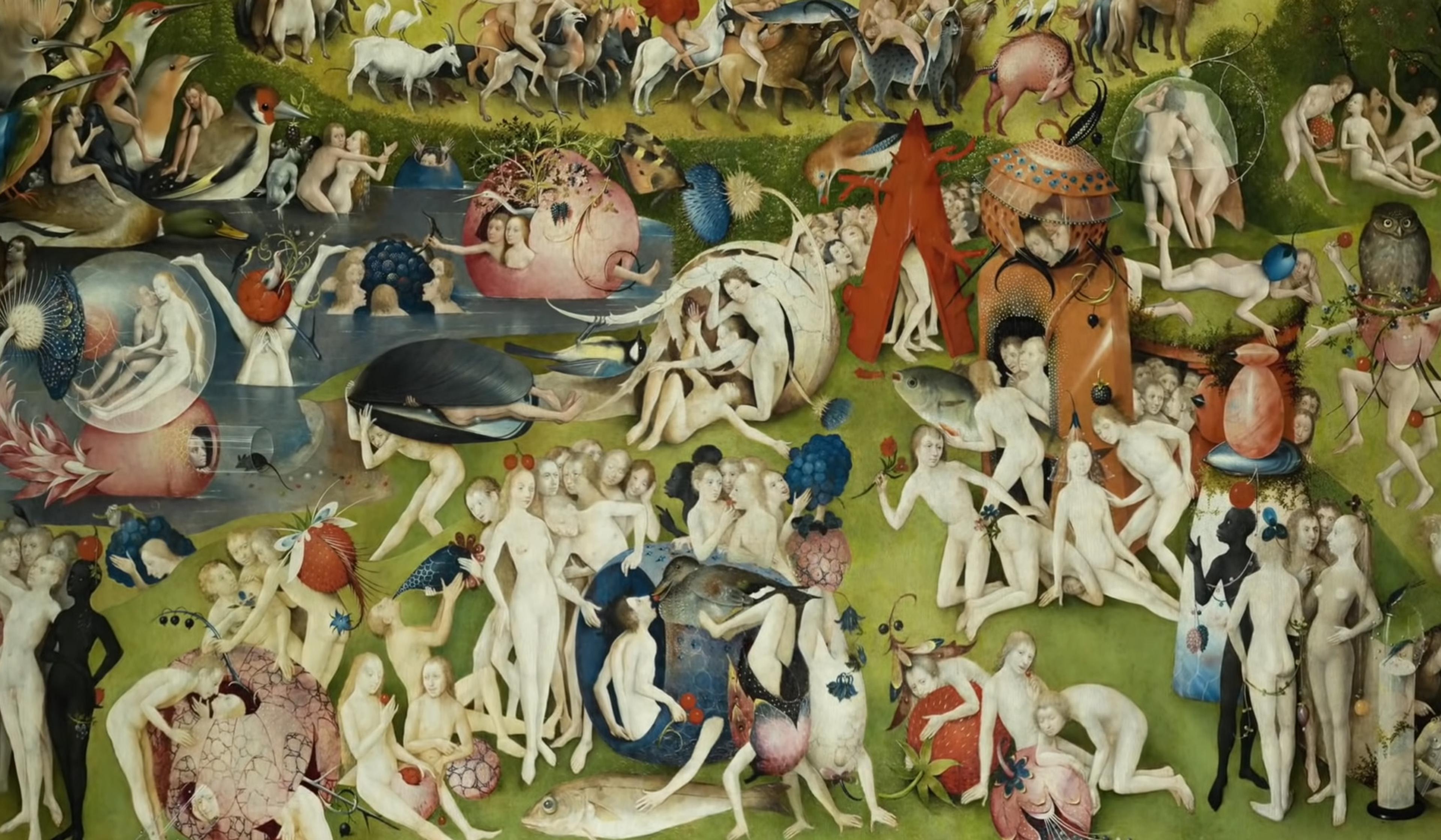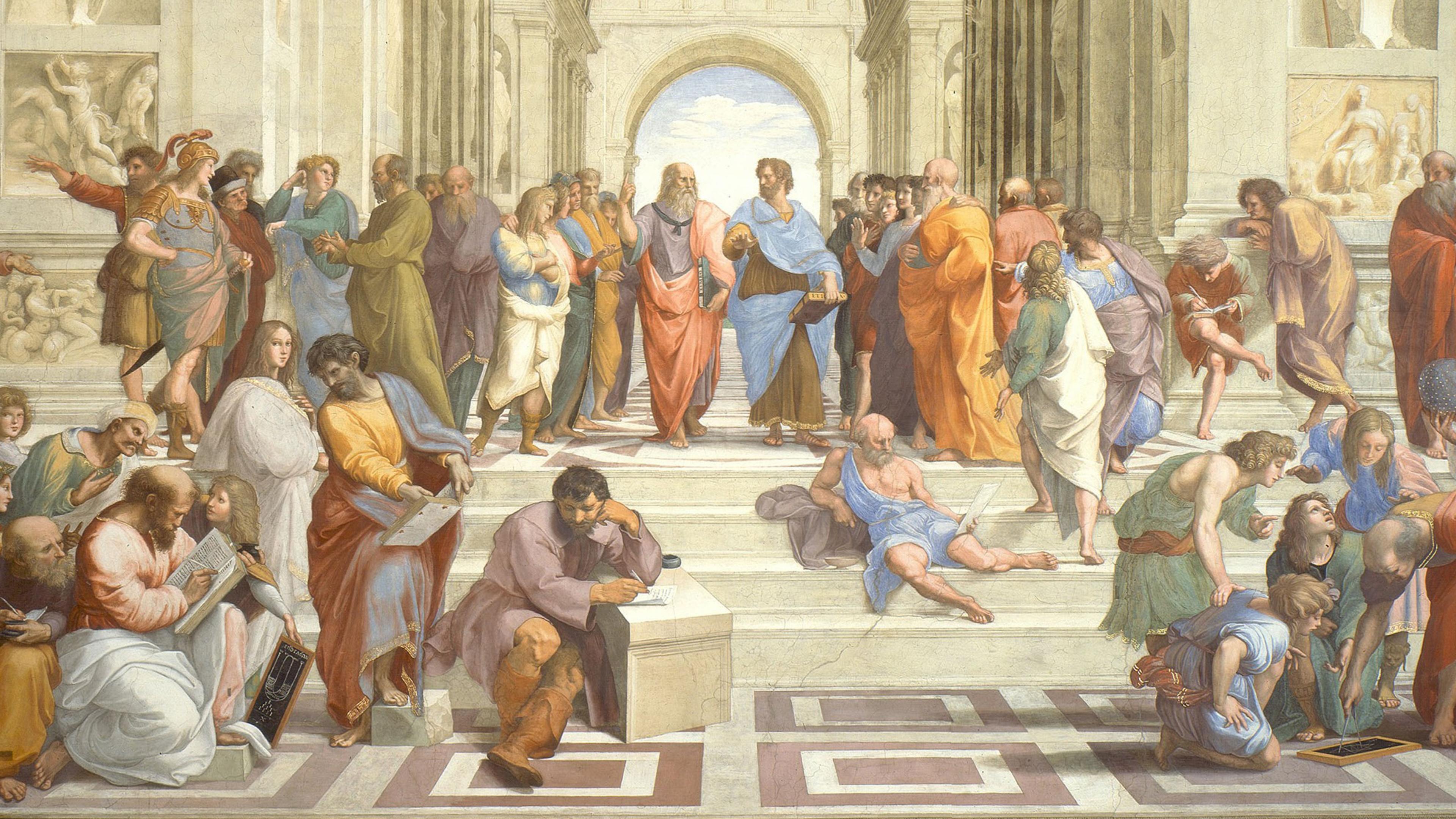Starting from modest origins in rural Spain, Francisco Goya (1746-1828) rose to become one of the most celebrated artists in Europe and prime court painter to the Spanish Crown. Today, however, Goya is less known for his accomplished career in Catholic Church commissions and royal portraiture than his dramatic late-in-life turn towards the dark and macabre, including a series of works known as the ‘Black Paintings’ that were never intended for public display. In this instalment of his YouTube series Great Art Explained, the UK curator, gallerist and video essayist James Payne details how a combination of geopolitical and personal struggles led Goya to the bleak outlook that birthed these intense and often disturbing images, as well as the indelible influence they’ve had on art in the centuries since his death.
Tracing Goya’s ‘dark’ journey from Spanish court painter to macabre visionary
Video by Great Art Explained

videoArt
Why Diego Velázquez needed a lifetime to paint his enigmatic masterpiece
31 minutes

videoArt
Grotesque imagery meets religious conservatism in Hieronymus Bosch’s art
51 minutes

videoNature and landscape
After independence, Mexico was in search of identity. These paintings offered a blueprint
15 minutes

videoHistory of ideas
How to read ‘The School of Athens’ – a triumph of Renaissance art
25 minutes

videoArt
Creating art that was aware of itself – and the viewer – made Manet the first modernist
15 minutes

videoBeauty and aesthetics
Can philosophy and morals be transmitted through a painting?
8 minutes

videoArt
Ugly on purpose: the intentionally drab desperation of Van Gogh’s ‘The Night Café’
7 minutes

videoBeauty and aesthetics
Can you see music in this painting? How synaesthesia fuelled Kandinsky’s art
10 minutes

videoArt
‘Long Live Degenerate Art’ – how a Surrealist group in Cairo defied repression in 1938
4 minutes